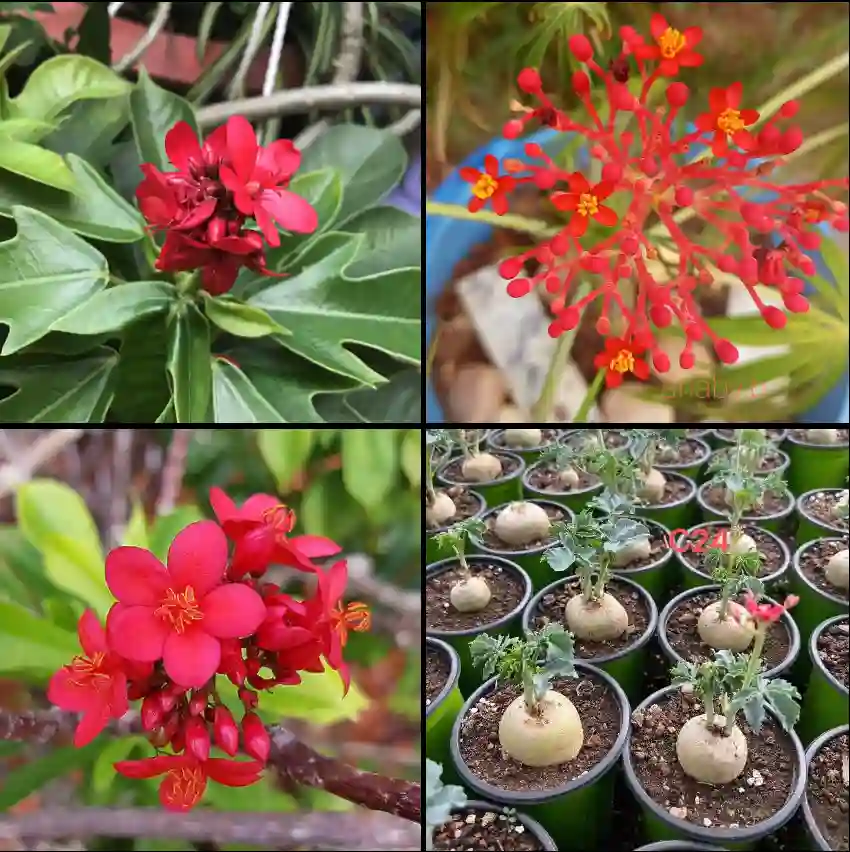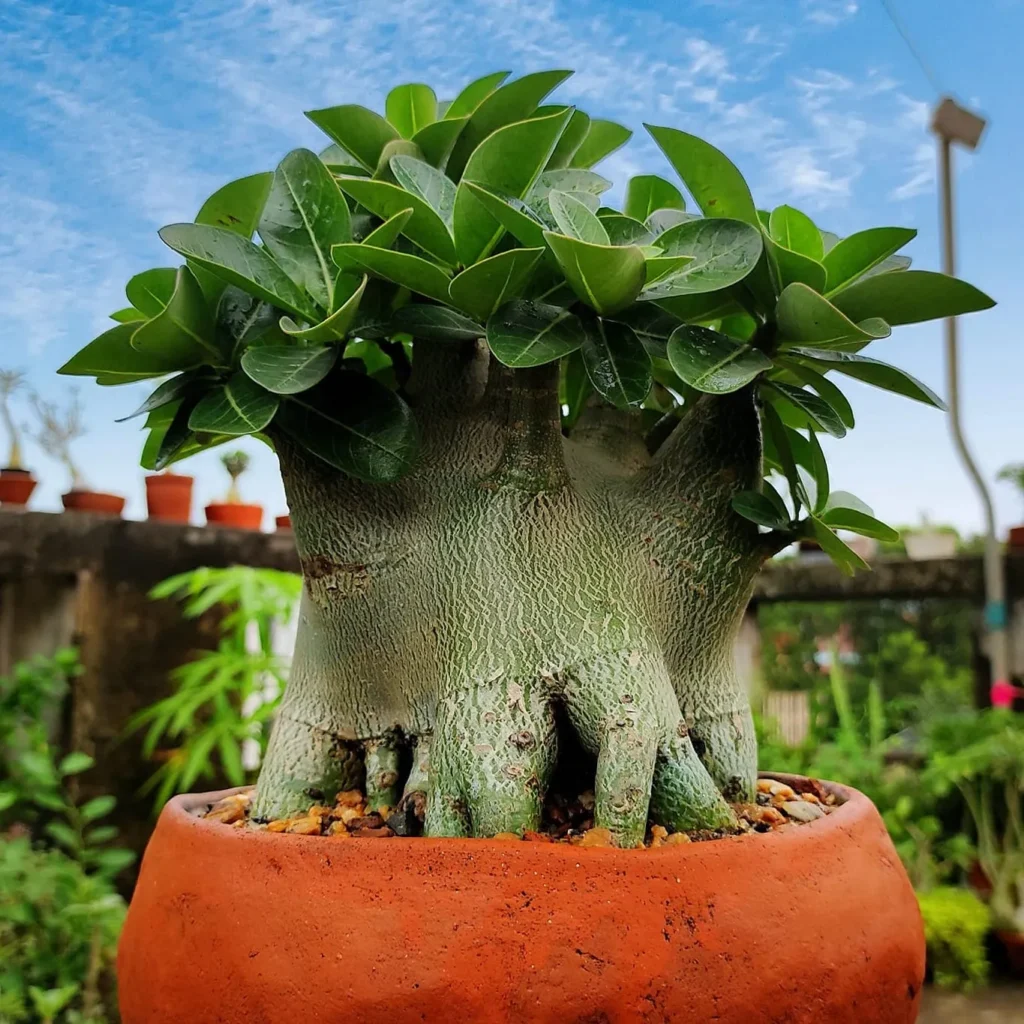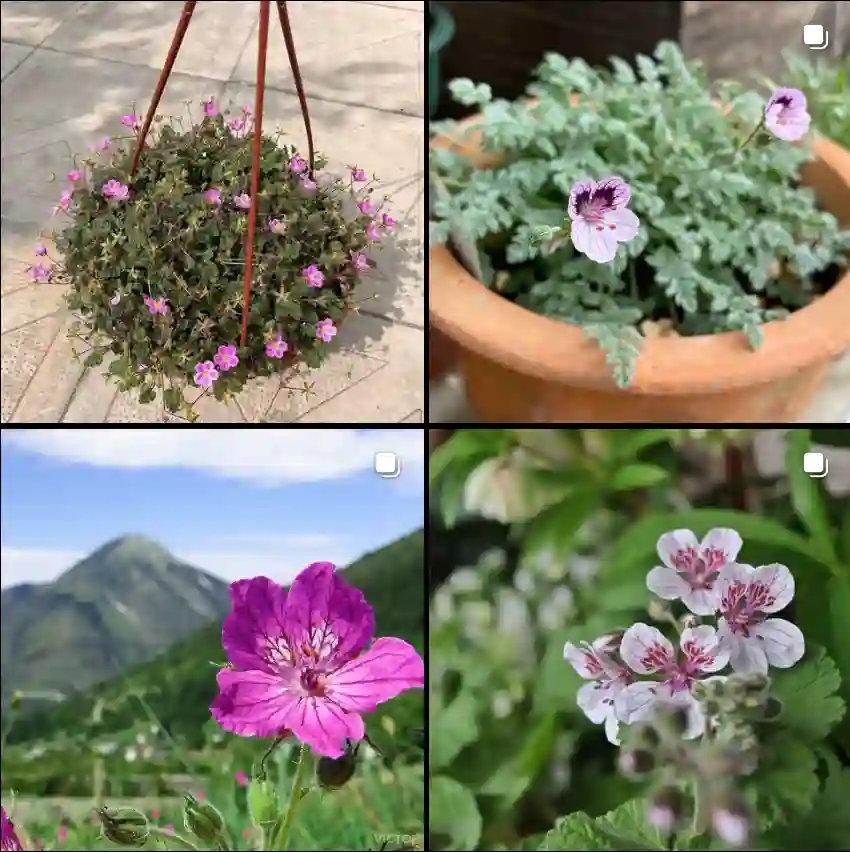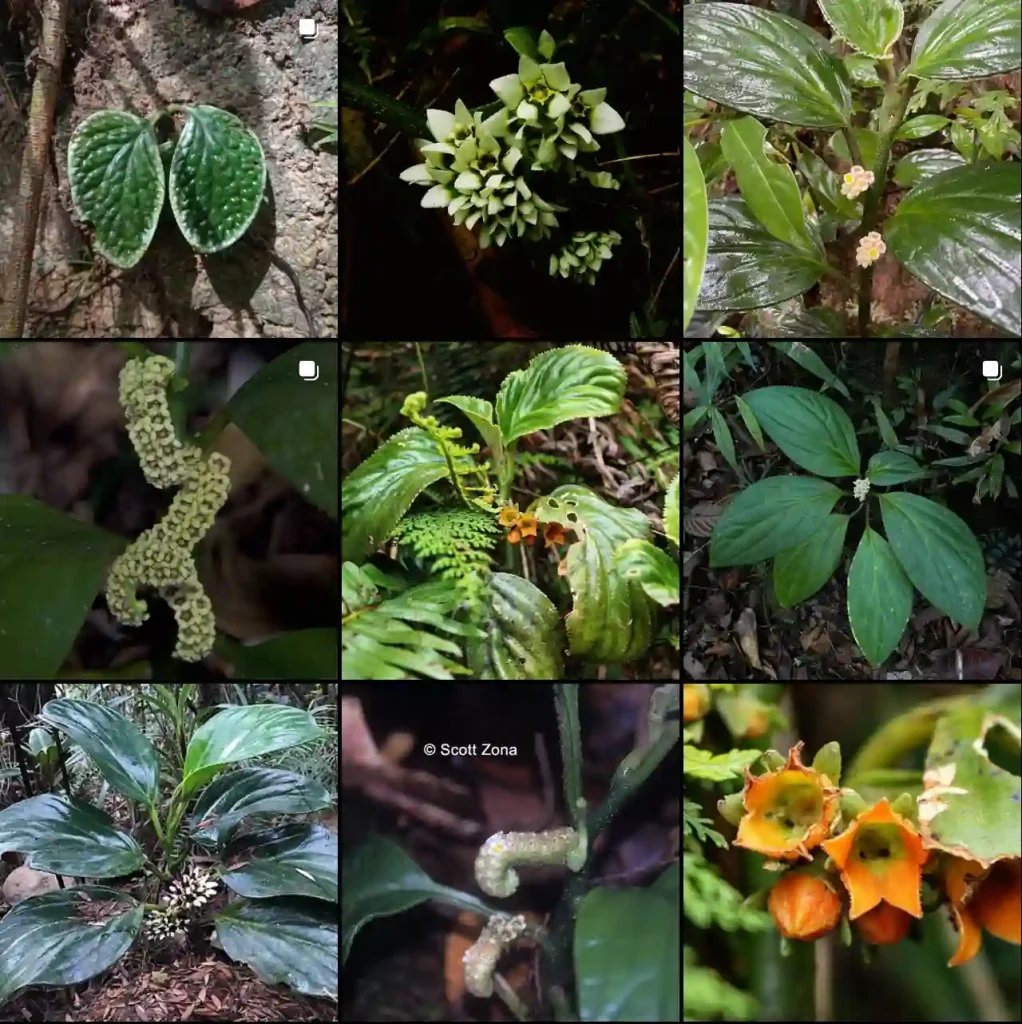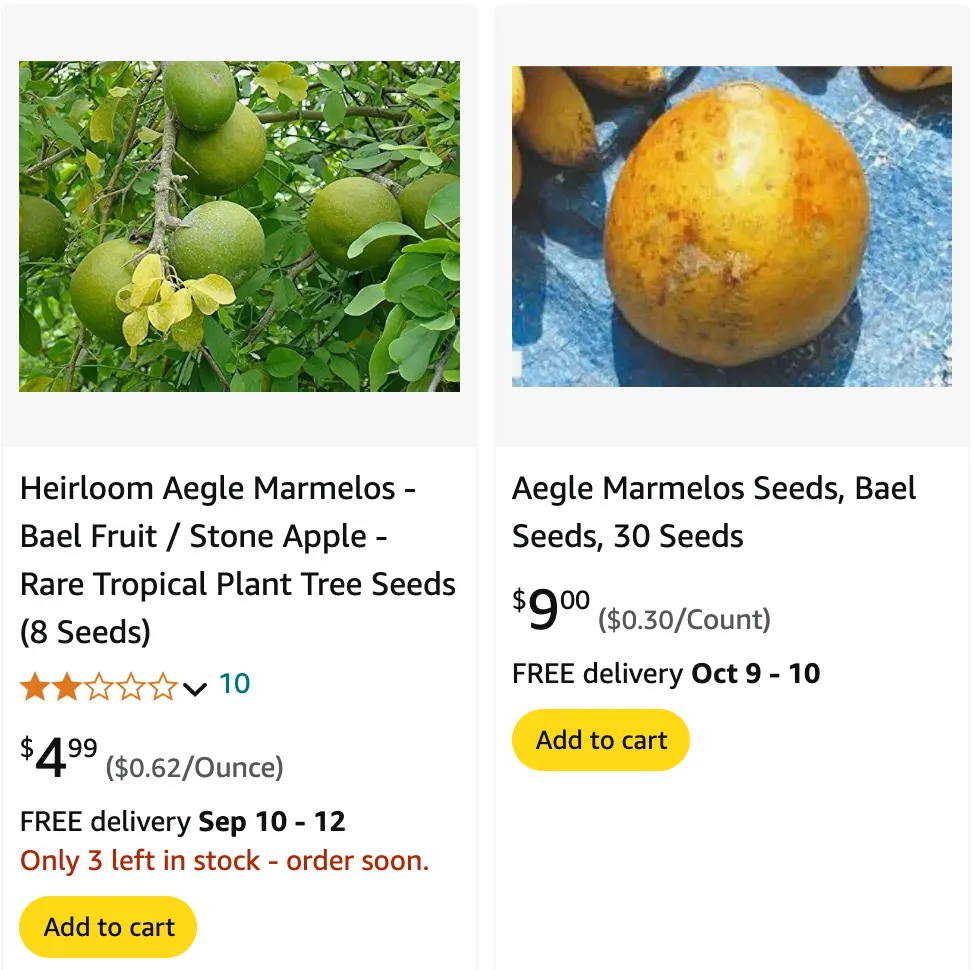
What is Aegle Marmelos?
Aegle Marmelos, commonly known as Bael or Bel, is a tropical fruit tree native to India and Southeast Asia. This tree produces a unique fruit with a tough, greenish-brown rind and aromatic, yellowish flesh inside. Often used in traditional medicine and cuisine, Aegle Marmelos is celebrated for its numerous health benefits and spiritual significance in many cultures.
2 Species in Genus Aegle
How to Pronounce Aegle Marmelos?
The pronunciation of Aegle Marmelos can be a bit tricky. It’s pronounced as “Aeg-lee Mar-meh-los.” The emphasis is on the first syllable of each word. Getting the pronunciation right can help when discussing this fascinating plant with others or when searching for information about it.
Can I Grow Aegle Marmelos in NJ?
Growing Aegle Marmelos in New Jersey can be challenging due to the climate. This tree thrives in tropical and subtropical regions, preferring warm temperatures and plenty of sunlight. New Jersey’s cold winters and varying temperatures may not be ideal for Aegle Marmelos. However, if you’re determined, you might consider growing it in a greenhouse or as a container plant that can be moved indoors during the colder months.
How to Care for Aegle Marmelos?
Caring for Aegle Marmelos involves understanding its specific needs. This tree requires full sun exposure and well-draining soil. Regular watering is crucial, but avoid overwatering, as this can lead to root rot. During the growing season, a balanced fertilizer can help promote healthy growth. Pruning may be necessary to shape the tree and remove any dead or diseased branches.
How to Propagate Aegle Marmelos?
Propagating Aegle Marmelos can be done through seeds or cuttings. For seeds, soak them in water for a day before planting them in well-draining soil. Keep the soil moist and place the seeds in a warm, sunny spot. If using cuttings, select healthy branches, dip them in rooting hormone, and plant them in a pot with a mix of sand and soil. Ensure that the cuttings are kept in a humid environment until they root.
Can You Grow Aegle Marmelos Indoors?
Growing Aegle Marmelos indoors is possible, but it requires careful attention to its needs. Ensure the plant receives ample sunlight, either from a south-facing window or grow lights. The indoor environment should mimic its natural habitat as closely as possible, with high humidity and regular watering. Keep in mind that indoor growth may limit the size of the plant and fruit production.
Is Aegle Marmelos Toxic?
Aegle Marmelos is not toxic. In fact, the fruit and leaves are used in various traditional remedies and culinary applications. The fruit is known for its medicinal properties, including aiding digestion and boosting the immune system. However, it’s always a good idea to consult with a healthcare provider before using it for medicinal purposes.
Benefits of Aegle Marmelos
Aegle Marmelos offers several health benefits. The fruit is rich in vitamins, antioxidants, and fiber, which can help improve digestion, boost immunity, and enhance overall health. It is also used in Ayurvedic medicine for its potential to treat a range of ailments, from gastrointestinal issues to respiratory problems.
Common Problems with Aegle Marmelos
While Aegle Marmelos is generally hardy, it can face a few issues. Pests such as aphids and scale insects may infest the tree, leading to damage. Fungal diseases can also affect Aegle Marmelos, especially in poorly drained soils. Regular monitoring and appropriate treatment can help manage these problems and keep the tree healthy.
What to Plant with Aegle Marmelos?
When planting Aegle Marmelos, consider companion plants that can thrive in similar conditions. Plants like lemongrass, ginger, and turmeric, which also prefer warm climates and well-draining soil, can be good companions. These plants can benefit from the same care routine and help create a diverse and productive garden space.
Compare with Similar Plants
Aegle Marmelos is sometimes confused with other fruit trees like Bael or the Calamondin Orange. While Bael is known for its medicinal properties and unique fruit, Calamondin Orange has a more tart flavor and is commonly used in cooking and beverages. Understanding these differences can help in choosing the right plant for your garden or home.
In conclusion, Aegle Marmelos is a fascinating and beneficial plant with a range of uses and requirements. Whether you’re interested in its health benefits, care requirements, or potential challenges, having the right information can help you successfully grow and enjoy this unique fruit tree.
If i die, water my plants!
